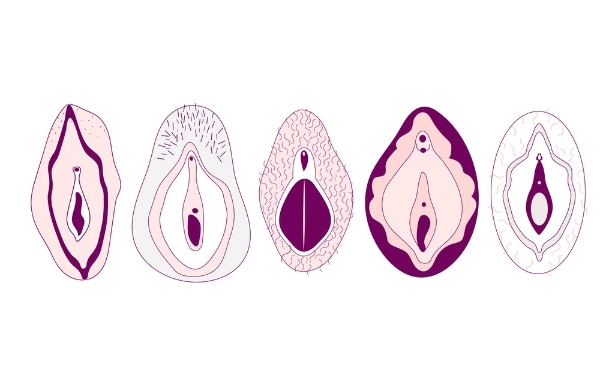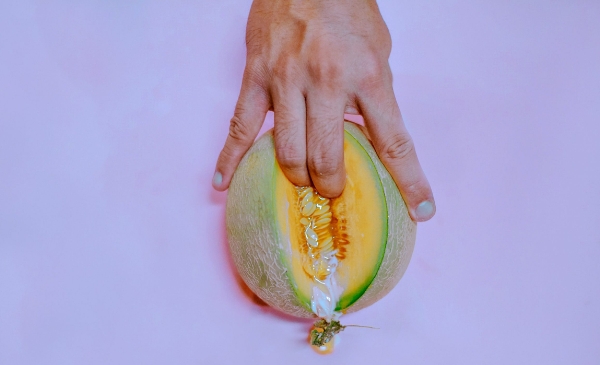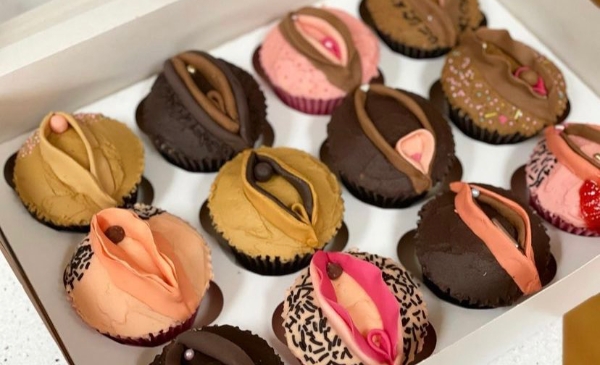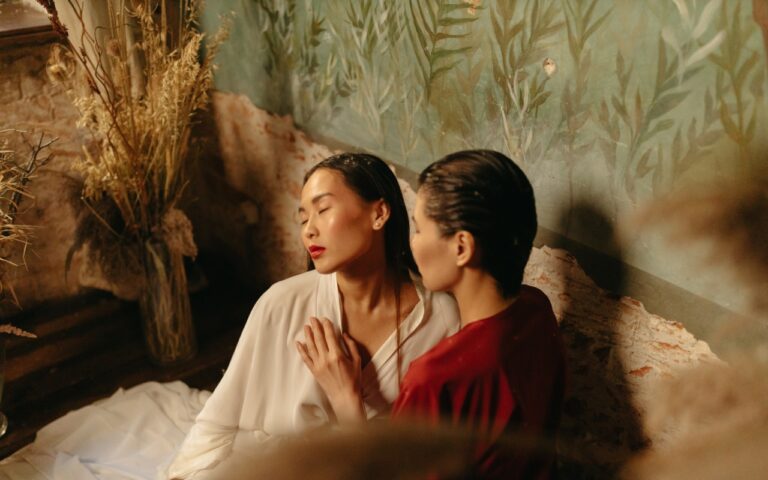It is common for many people with a vulva to be almost completely unaware of that part of their body. One of the main reasons for this has to do with the precarious sexual education that is received in school years and another part that is rather linked to the relationship of each person with their body.
There can be a lot of ignorance of the body, which is why, in addition to looking for information like the one in this note, it is recommended to self-explore using a mirror to get to know our genitals.
What is the vulva and what parts make it up?
The vulva is the set of genitalia that includes: mons pubis, labia majora (external), labia minora (internal), the clitoris, the vagina or vaginal opening and the urethral opening.

-
Mons pubis
Fleshy mound found above the vulva. It is common that after going through puberty, it becomes covered with pubic hair. Its function is to protect the pubic bone and internal genitalia.
-
Labia Majora
The labia majora are folds of skin around the vaginal opening. They are externally visible. They are more fleshy than minors and are usually covered with pubic hair.
-
Labia minora
They are folds of skin that are inside the external ones. Its extension usually begins at the clitoris and ends below the vaginal opening.
-
The clitoris
“That great unknown”, as the title of the documentary that we will share below says, is an organ whose function is reserved for pleasure and sexual arousal. It has thousands of nerve endings, more than any other part of the body. Its tissue expands during arousal.
We identify it in the vulvas as an outward point that is usually covered by a hood: the clitoral hood. Its visible/external size varies from person to person, although it ranges from the size of a pea to a thumb.
In turn, the tip is just the beginning! The rest, the non-visible or internal part, is inside the body, extending down and to the back of the vagina. It is also known that its internal extension can be approximately 12cm.
-
Urethral opening
It is the small opening through which you urinate. It is located below the clitoris and above the vagina or vaginal opening.
-
Vagina opening
The vaginal opening is located just below the urethral orifice. This place is where people can be penetrated (fingers, sex toys, penises, etc.). This is where babies are born and also where menstruation comes out of the body. Therefore, it is also where tampons and menstrual cups can be placed.
The vagina is the tube that connects the vulva with the cervix and the uterus.

Is it called vulva or vagina?
It is common to hear the vulva being called a “vagina”. This is ill-advised, a mistake. As explained, the vagina is the opening through which a person can be penetrated, through which babies are born and through which menstruation comes out. Instead, the vulva is the set of all the parts of the genitals. It includes the vagina, while also including the mons pubis, the labias, the urethral opening and the dearest clitoris.
The clitoris, a little bit of history…
Throughout history, the different parts of the vulva have been studied and investigated, some more than others. In the case of the clitoris, it is one of the least studied (by the means of modern medicine). Only in 1998, Helen O’Connell, an Australian urologist and surgeon, described for the first time in history the complete anatomy of the clitoris in an article published in the Journal of Urology.
It is surprising that, for at least a century, it had not been deeply studied before. This is mentioned in the documentary “The clitoris: That great unknown”, broadcast by the Odyssey channel.
It is known, by the way, that knowledge can be built without it arising from the medical system. This is how, for many years, people with vulvas were making use of their bodies, getting to know them and stimulating them.
However, medical-scientific development is important in this regard, since it is the paradigm from which basic human needs are established today and even public health policies are drawn up.
Diversity of vulvas
It is important that you know that vulvas are all different. There are those with shorter or longer labia, wrinkled, smooth. They are often asymmetrical, that means, the left or right labia has a different size according to each other.
They also vary in color. They can range from pink to brownish black, non-stop. By the way, the color of the labia can change over time.
In many people, the labia minora is larger than the labia majora, while in others, the labia majora is larger than the labia minora. Both labias are sensitive and expand during sexual arousal.

The vulva’s ejaculation exists, how is it?
Yes, it exists. Talking about ejaculation is not the same as talking about squirting or orgasm.
Orgasm is a feeling of pleasure. In the vulvas it can occur -or not- accompanied by ejaculation (or squirt). It is a subject that continues to be studied.
As we have already seen, it is not a subject to which medicine has dedicated a great deal.
What is known so far, says the Graduate in Psychology and Sexologist Cecilia Ce, is that vulva’s ejaculation is the expulsion of a thick white liquid, in a certain quantity, through the Skene’s glands. It is not as fluid or transparent as the squirt (we will see it later) and it is expelled through the urethra opening, which is “attached” to the vagina. They are next to each other so their senses are connected. This is why it is common for people to feel something like “the urge to pee“.
Now yes, the squirt. When we speak of squirt we speak of “a more fluid liquid, less dense, more transparent and of greater quantity“. Some call it “dilute urine.” It is generated with a specific technique that creates a sensation of intense pleasure. This, sustained for a long time, generates vasopressin that formulates a liquid, without passing through the kidneys, is then expelled “like the Spiderman’s web”.
Important: neither ejaculation nor squirting is something that has to happen, nor does it happen to everyone.
Neither is it a condition to enjoy sexual pleasure, nor a limitation to have orgasms.
If you want to explore yourself and look for squirt, it is recommended to stimulate the vaginal wall that adjoins the urethra with your fingers (in a standing position, it would be the “upper” wall of the vagina), at the same time that the clitoris is externally stimulated. Drinking water and being relaxed are also things to keep in mind. Lastly, don’t be inhibited by the sensation of peeing, because this may be the very squirt!

